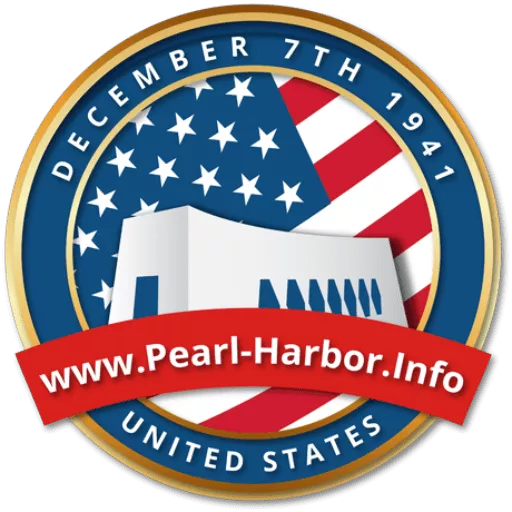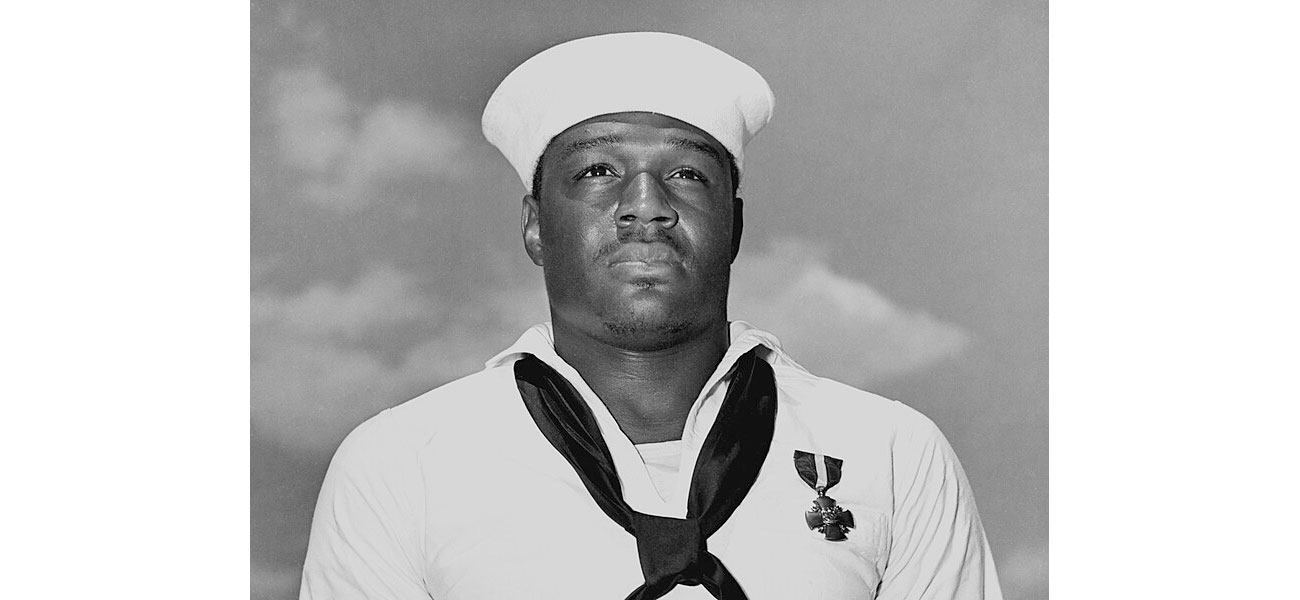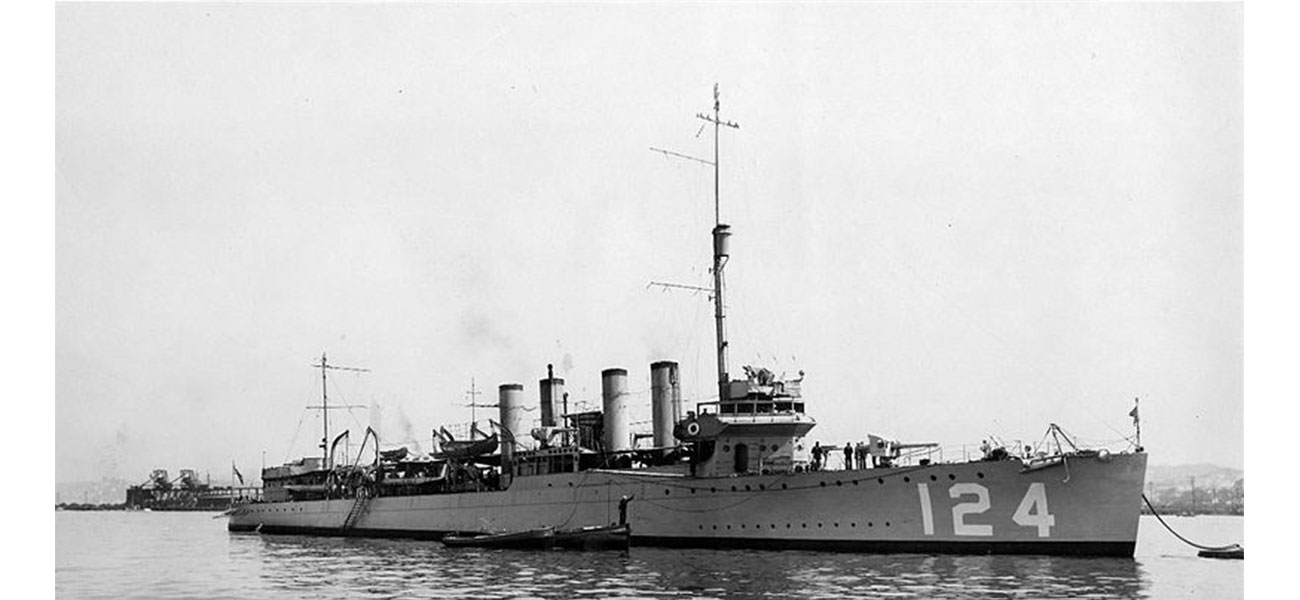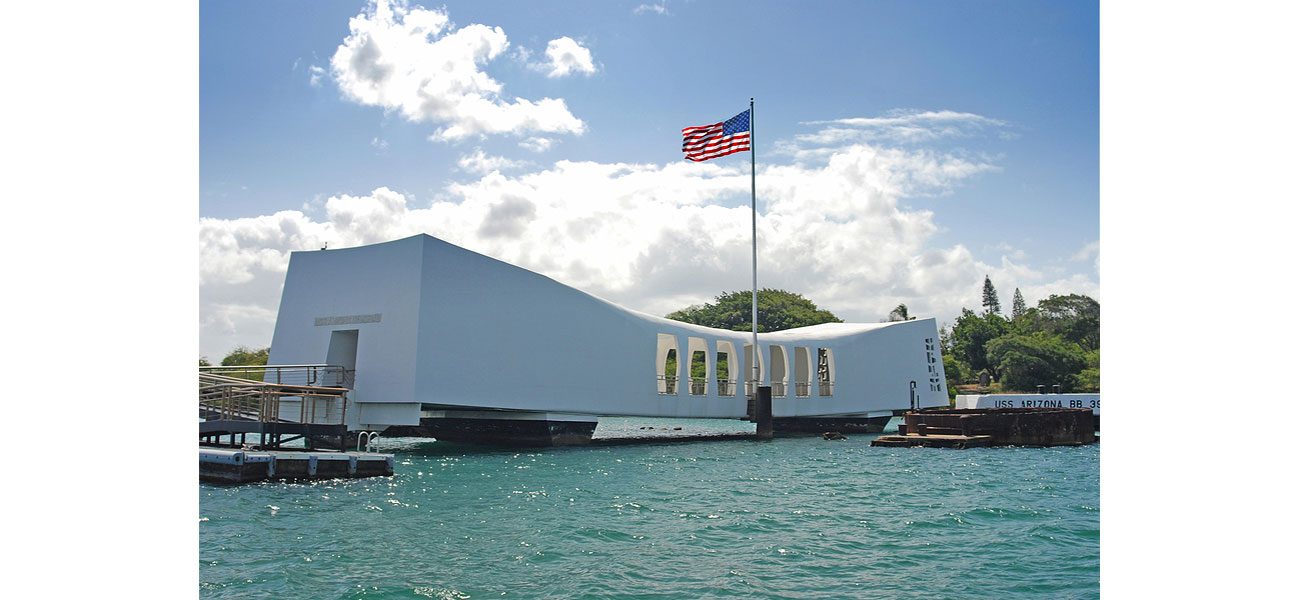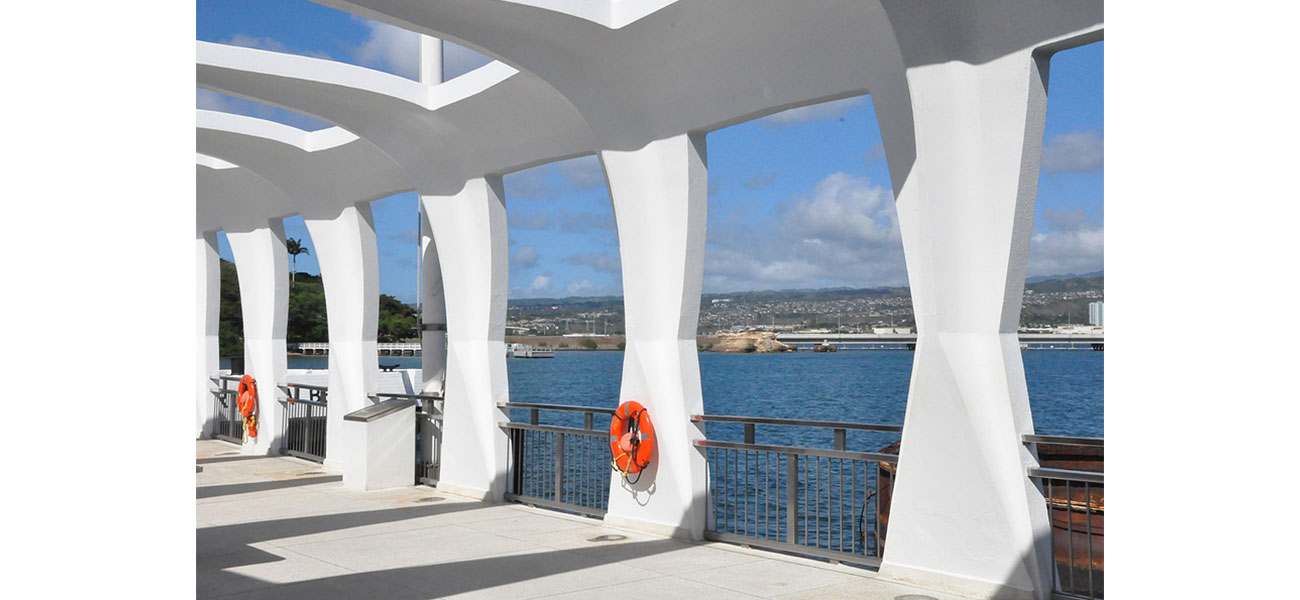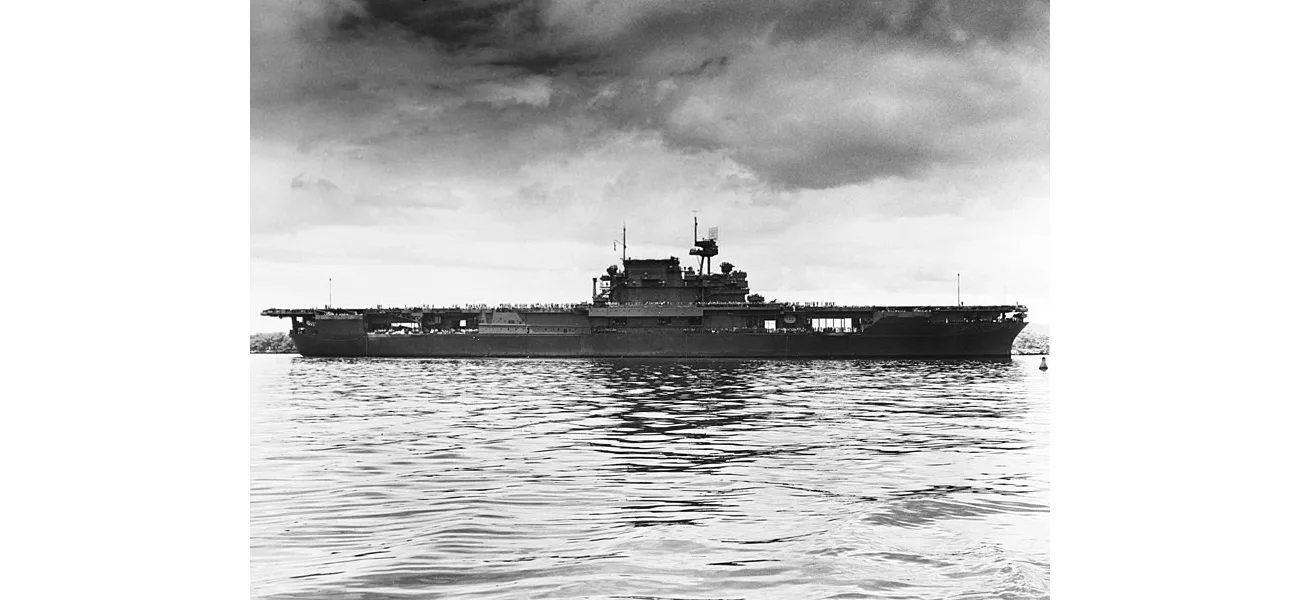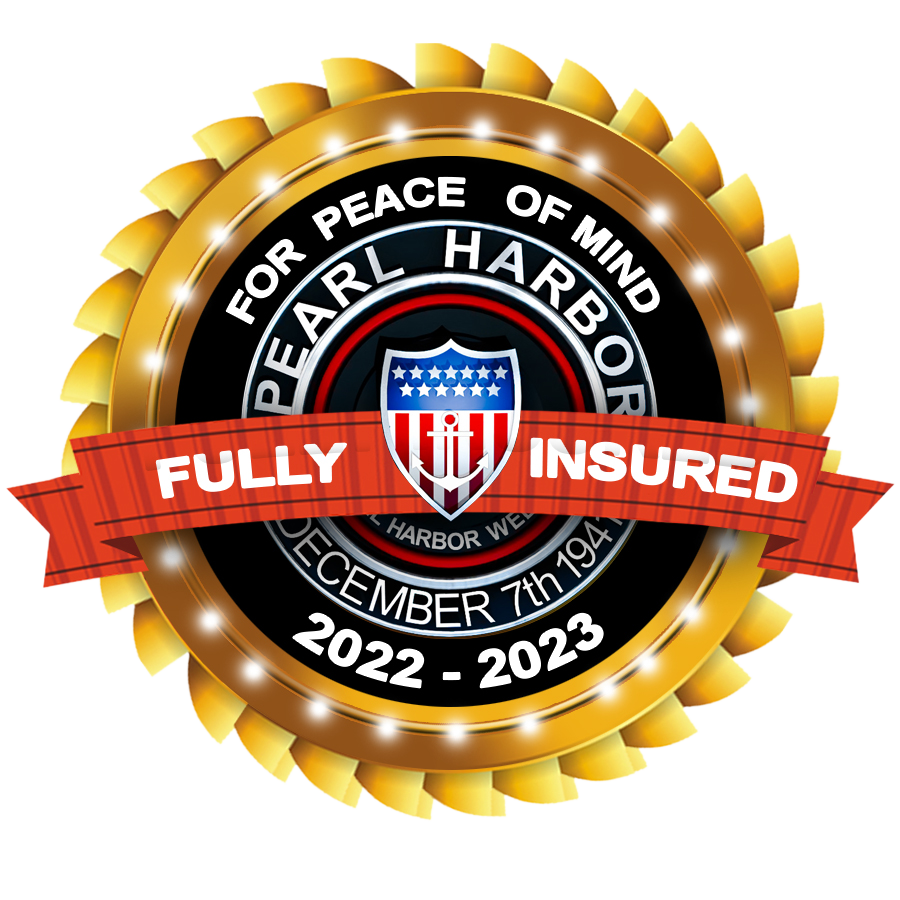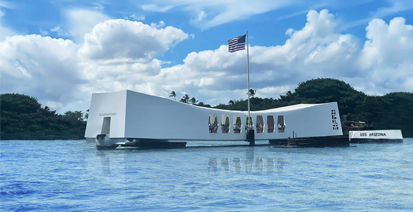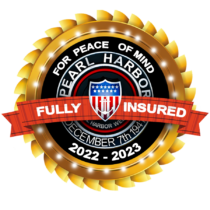Best Pearl Harbor Tours for Shutterbugs
For any photography enthusiast, knowing where to find the perfect shot is a must, especially when visiting a historically rich and picturesque site like Pearl Harbor. The Pearl Harbor National Memorial offers a variety of sights that are not only emotionally stirring but visually captivating as well. To help you make the most of your visit, here are some of the best Pearl Harbor tours tailored for shutterbugs who want to capture iconic and unique images.
1. The Pearl Harbor Tour by Air, Land, and Sea
For photographers looking for diverse perspectives and an immersive experience, the Air, Land, and Sea Pearl Harbor Tour is the ultimate option. This tour provides not only ground-level photography opportunities but also a breathtaking aerial view.
Your day begins with a visit to the USS Arizona Memorial, a solemn site that offers stunning photographic opportunities, from the peaceful waters reflecting the memorial’s white structure to the poignant wall of names commemorating the fallen. The tour continues with the Battleship Missouri, allowing you to explore its massive deck and take shots of this mighty vessel from various angles. The USS Missouri, or “Mighty Mo,” offers plenty of space to frame unique compositions, from its towering gun turrets to its polished brass fixtures and historical interiors.
The highlight of this tour, however, is the helicopter ride over Pearl Harbor. From the air, you’ll have a completely new vantage point to capture sweeping views of the harbor, memorials, and the surrounding landscapes. The helicopter tour also includes Oahu’s scenic gems like Waikiki Beach’s turquoise waters, the lush Nuuanu Valley, and the unique volcanic formations of Hanauma Bay.Unmatched potential to produce breathtaking, panoramic photos are offered by these aerial perspectives.
2. The Complete Pearl Harbor Experience
For the photographer who doesn’t want to miss a single shot, the Complete Pearl Harbor Experience is ideal. This comprehensive tour ensures you get access to every public site at Pearl Harbor, offering a wide range of photographic subjects, from naval history to architectural wonders and natural landscapes.
Starting at the USS Arizona Memorial, you’ll have ample time to capture this iconic symbol of sacrifice. The tour also takes you aboard the USS Bowfin, a World War II-era submarine. Inside this historic vessel, you’ll encounter cramped quarters and intricate control panels, perfect for creative interior shots that tell a story of life under the sea. Additionally, the USS Missouri’s towering guns and the well-preserved decks provide an excellent contrast to the sleek, compact interiors of the Bowfin.
This tour also expands beyond Pearl Harbor itself, taking you to several key historical and scenic sites around Honolulu.The National Memorial Cemetery of the Pacific, located in the tranquil Punchbowl Crater, is one of the stops. This location, with its quiet beauty, is perfect for capturing contemplative shots of memorials surrounded by lush greenery. The stately ‘Iolani Palace, the only royal palace on U.S. soil, is another highlight. Its elegant architecture and grounds are perfect for wide-angle and detailed shots alike. Don’t forget the King Kamehameha Statue, a bronze tribute to the ruler who unified the Hawaiian Islands, which provides a dynamic subject against the backdrop of Honolulu’s modern cityscape.
3. Pearl Harbor & Circle Island Tour
For those photographers seeking a broader experience of Oahu’s natural beauty in addition to the historic sites of Pearl Harbor, the Pearl Harbor & Circle Island Tour is a fantastic option. This full-day tour combines the best of both worlds: the historic significance of Pearl Harbor and the scenic wonders of the island of Oahu.
Starting with the USS Arizona Memorial, you’ll be able to capture the tranquil yet sobering setting of Pearl Harbor before venturing off to explore the island’s scenic beauty. As the tour circles the island, you’ll stop at picturesque locations like Laie Point, a dramatic coastal rock formation, and the Nuuanu Pali Lookout, offering sweeping views of Oahu’s windward side. The tour also includes stops at famous North Shore beaches, which are renowned for their massive waves and pristine shorelines—a paradise for landscape photography.
Chinaman’s Hat, a small island off Oahu’s coast, and Hanauma Bay, a natural cove known for its crystal-clear waters and vibrant coral reefs, also make for excellent photo stops. These locations are perfect for capturing both wide scenic shots and intimate close-ups of natural features. The Pearl Harbor & Circle Island Tour ensures you leave the island with a full portfolio of stunning images that showcase the diversity of Oahu’s landscapes.
Tips for Photographing Pearl Harbor
A few important considerations for photographers when taking pictures of Pearl Harbor are:
- Be aware of restricted areas: While photography is generally allowed, some areas like the Admiral Clarey Bridge to Ford Island are off-limits for pictures. Always respect signage and follow the rules to avoid any issues.
- Carry extra supplies: Bring an additional memory card and battery. Between the numerous photo ops at Pearl Harbor and the stunning landscapes of Oahu, you’ll likely take more pictures than you anticipate.
- Respect the solemnity of the site: Pearl Harbor is a place of remembrance. Be mindful of other visitors and avoid being intrusive with your photography, especially around the USS Arizona Memorial.
- Timing is everything: If you want the best light, consider morning or late afternoon tours. The soft, natural lighting during these times will enhance the contrast and detail in your shots without the harsh shadows of midday sun.
Pearl Harbor offers a profound experience, both emotionally and visually. Each of these tours provides a unique perspective for shutterbugs, ensuring you leave with not just memories but incredible photographs that capture the essence of this historical landmark and the natural beauty of Oahu.
